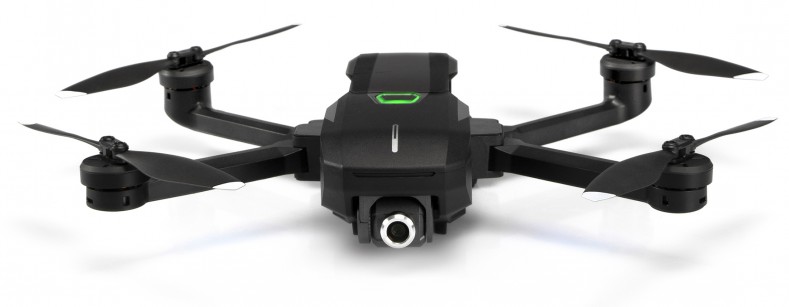5 Easy Tips
For Better Property Photos
Commercial property photos are notoriously unimaginative. Prospects have grown accustomed to mundane shots of empty spaces. But what if you offered something more interesting? Your property will gain the competitive advantage. Below are five tips for better commercial property photography that will help you stand apart from the crowd. Show Interactions, Not Spaces All commercial […]


